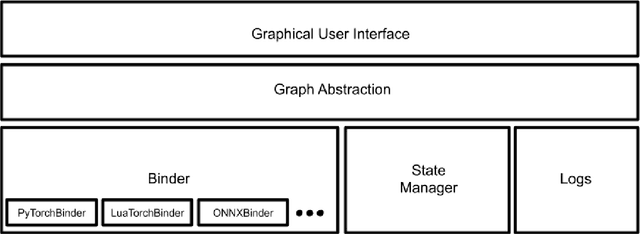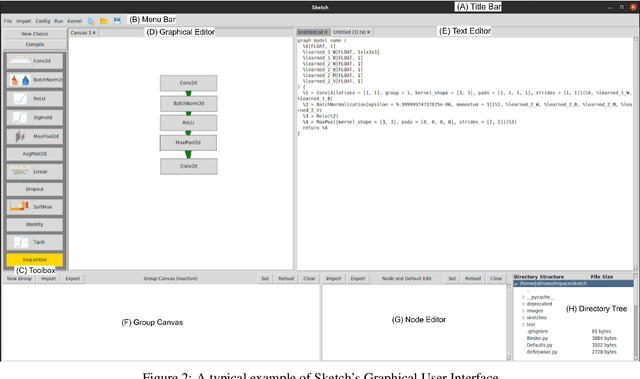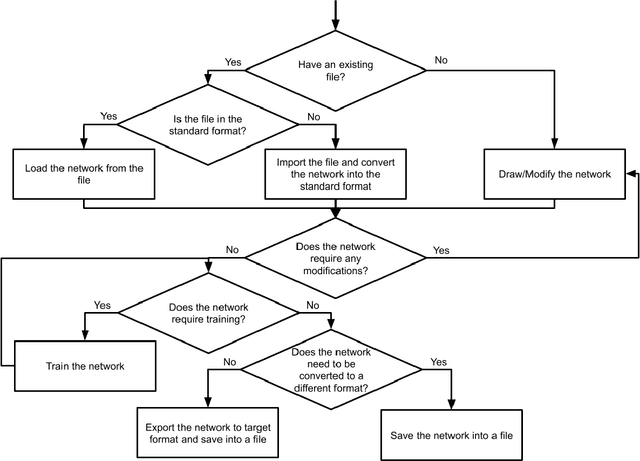Jatin Sharma
Challenges and Solutions in DeepFakes
Sep 26, 2021



Abstract:Deep learning has been successfully appertained to solve various complex problems in the area of big data analytics to computer vision. A deep learning-powered application recently emerged is Deep Fake. It helps to create fake images and videos that human cannot distinguish them from the real ones and are recent off-shelf manipulation technique that allows swapping two identities in a single video. Technology is a controversial technology with many wide-reaching issues impacting society. So, to counter this emerging problem, we introduce a dataset of 140k real and fake faces which contain 70k real faces from the Flickr dataset collected by Nvidia, as well as 70k fake faces sampled from 1 million fake faces generated by style GAN. We will train our model in the dataset so that our model can identify real or fake faces.
Draw your Neural Networks
Dec 12, 2020


Abstract:Deep Neural Networks are the basic building blocks of modern Artificial Intelligence. They are increasingly replacing or augmenting existing software systems due to their ability to learn directly from the data and superior accuracy on variety of tasks. Existing Software Development Life Cycle (SDLC) methodologies fall short on representing the unique capabilities and requirements of AI Development and must be replaced with Artificial Intelligence Development Life Cycle (AIDLC) methodologies. In this paper, we discuss an alternative and more natural approach to develop neural networks that involves intuitive GUI elements such as blocks and lines to draw them instead of complex computer programming. We present Sketch framework, that uses this GUI-based approach to design and modify the neural networks and provides interoperability with traditional frameworks. The system provides popular layers and operations out-of-the-box and could import any supported pre-trained model making it a faster method to design and train complex neural networks and ultimately democratizing the AI by removing the learning curve.
Towards Hardware-Agnostic Gaze-Trackers
Oct 11, 2020



Abstract:Gaze-tracking is a novel way of interacting with computers which allows new scenarios, such as enabling people with motor-neuron disabilities to control their computers or doctors to interact with patient information without touching screen or keyboard. Further, there are emerging applications of gaze-tracking in interactive gaming, user experience research, human attention analysis and behavioral studies. Accurate estimation of the gaze may involve accounting for head-pose, head-position, eye rotation, distance from the object as well as operating conditions such as illumination, occlusion, background noise and various biological aspects of the user. Commercially available gaze-trackers utilize specialized sensor assemblies that usually consist of an infrared light source and camera. There are several challenges in the universal proliferation of gaze-tracking as accessibility technologies, specifically its affordability, reliability, and ease-of-use. In this paper, we try to address these challenges through the development of a hardware-agnostic gaze-tracker. We present a deep neural network architecture as an appearance-based method for constrained gaze-tracking that utilizes facial imagery captured on an ordinary RGB camera ubiquitous in all modern computing devices. Our system achieved an error of 1.8073cm on GazeCapture dataset without any calibration or device specific fine-tuning. This research shows promise that one day soon any computer, tablet, or phone will be controllable using just your eyes due to the prediction capabilities of deep neutral networks.
 Add to Chrome
Add to Chrome Add to Firefox
Add to Firefox Add to Edge
Add to Edge